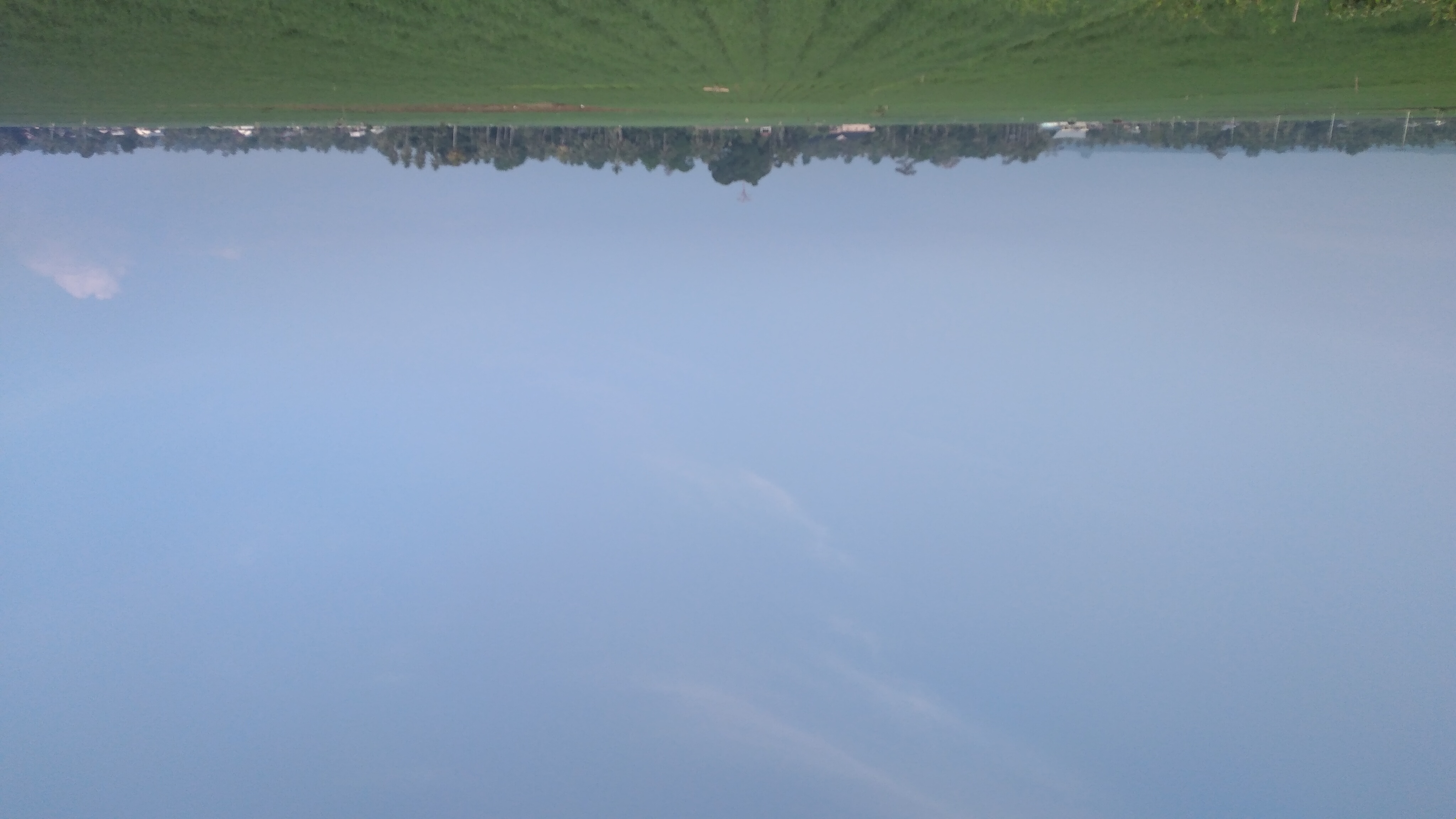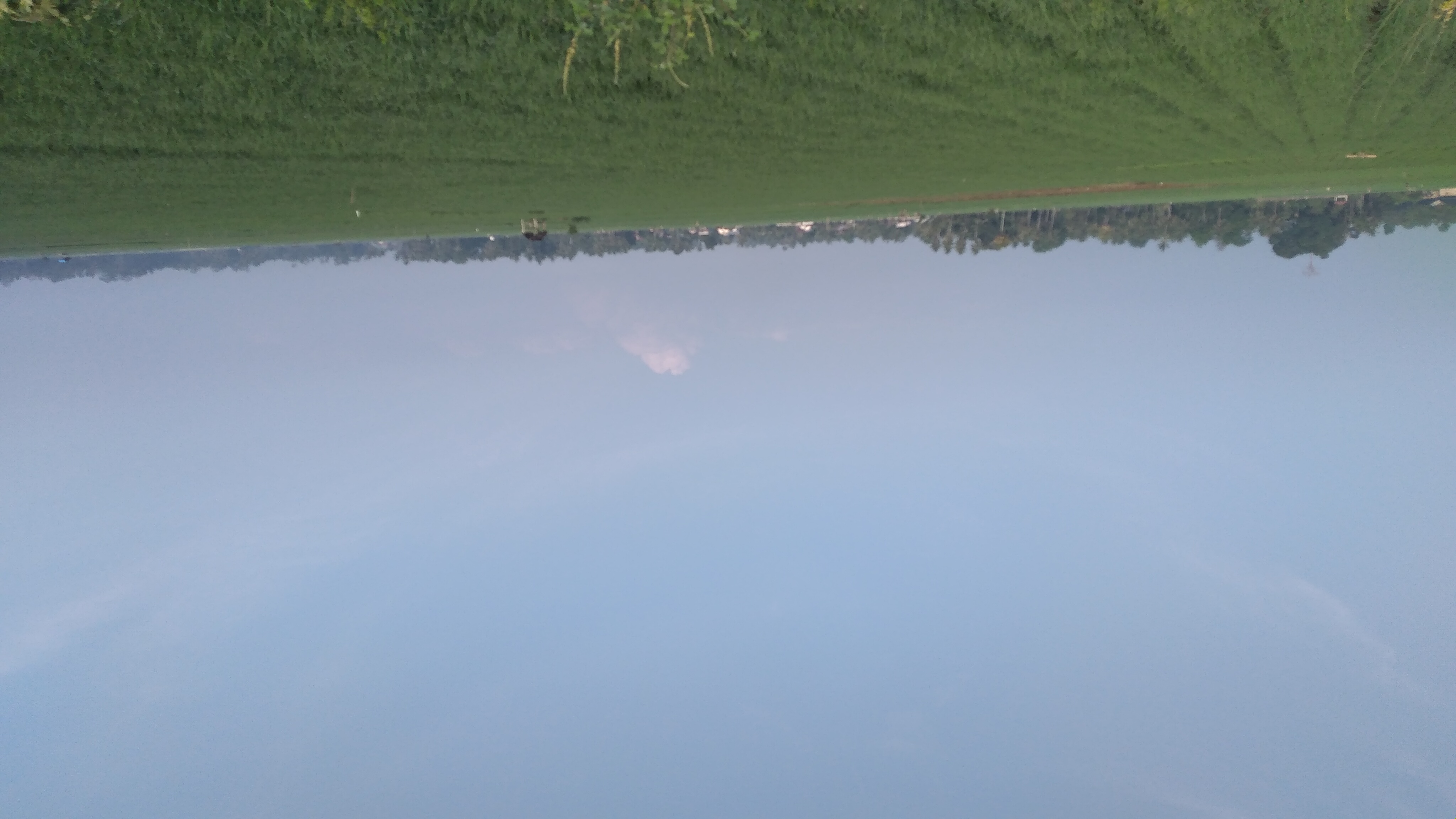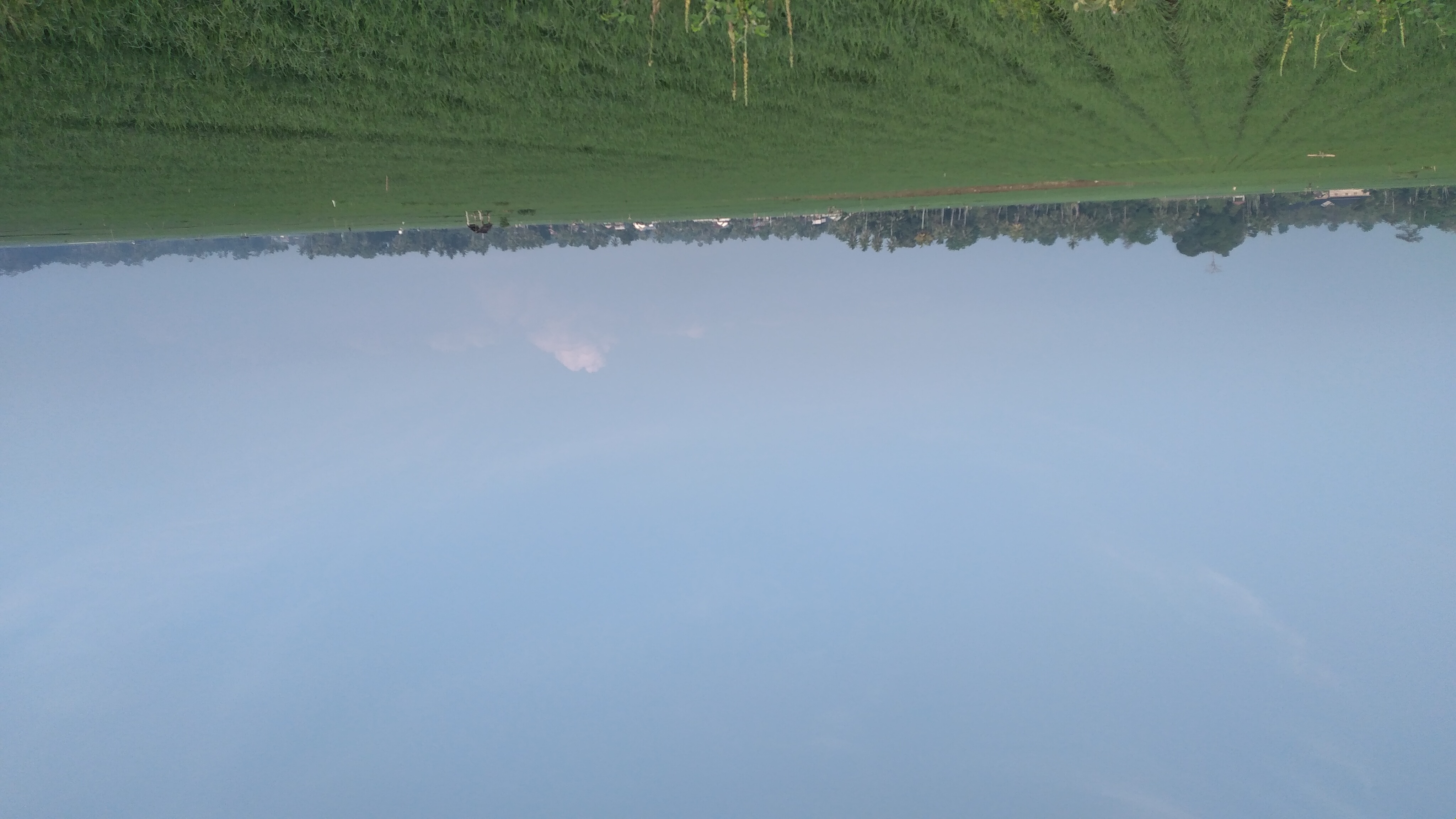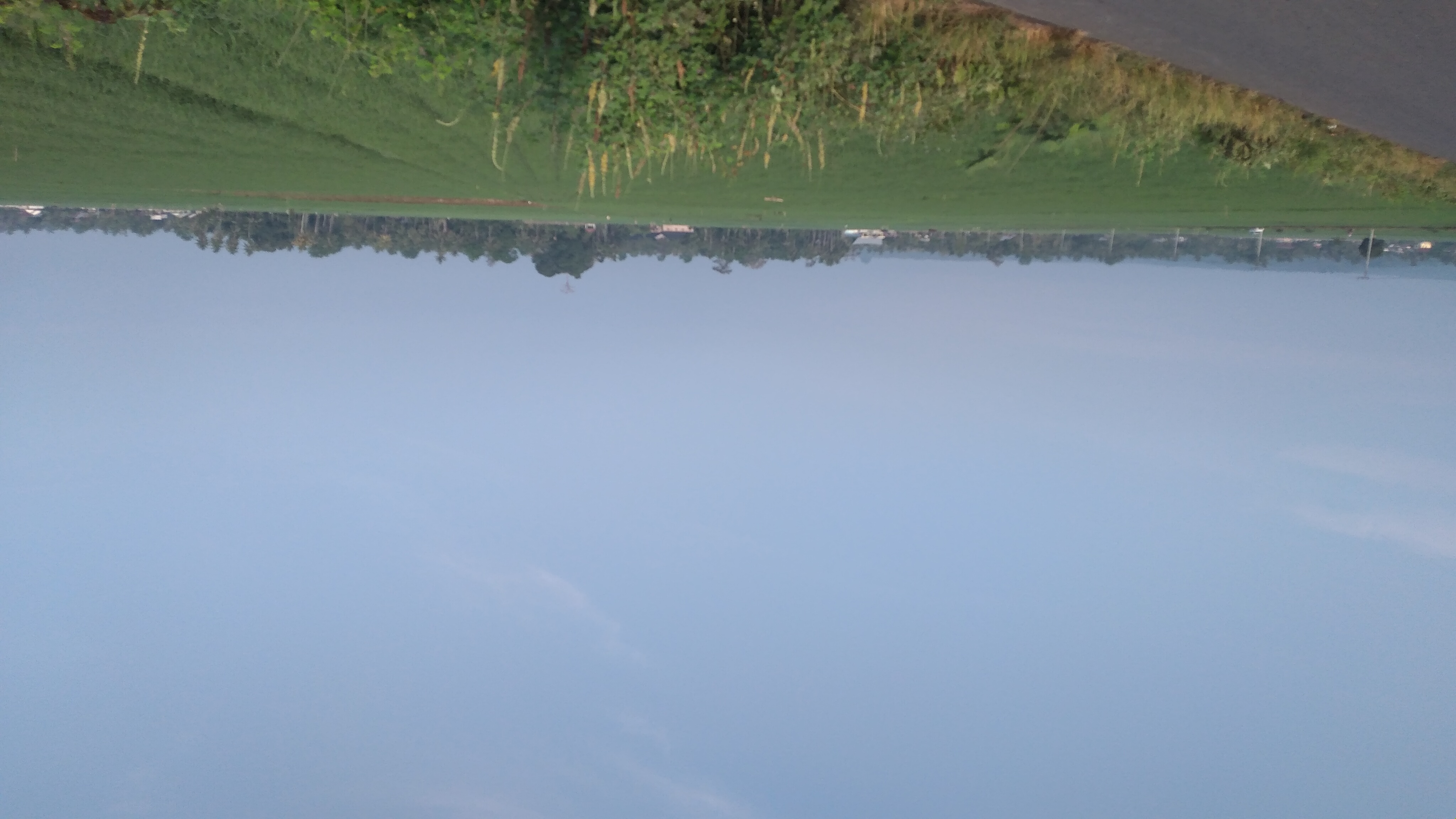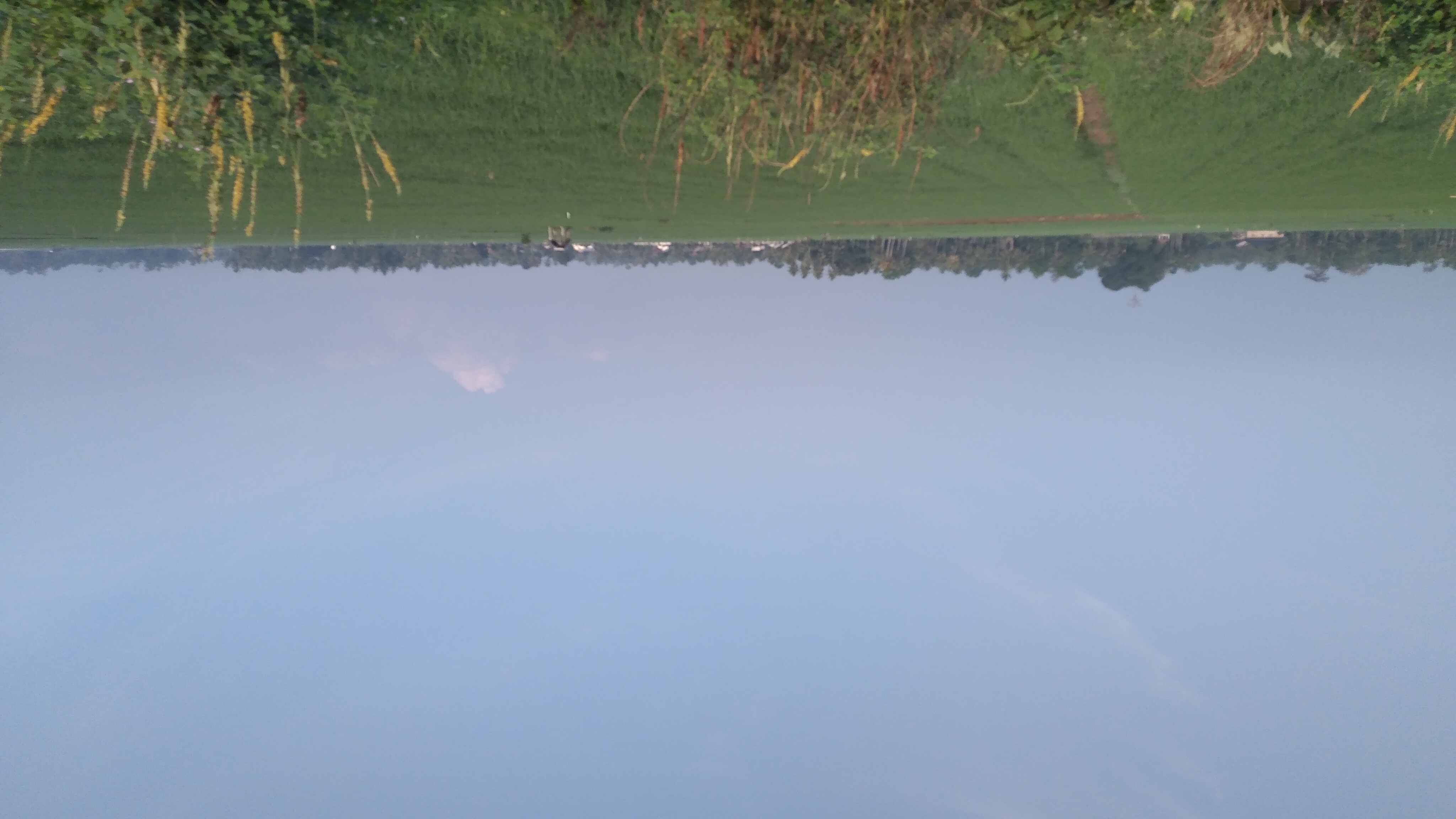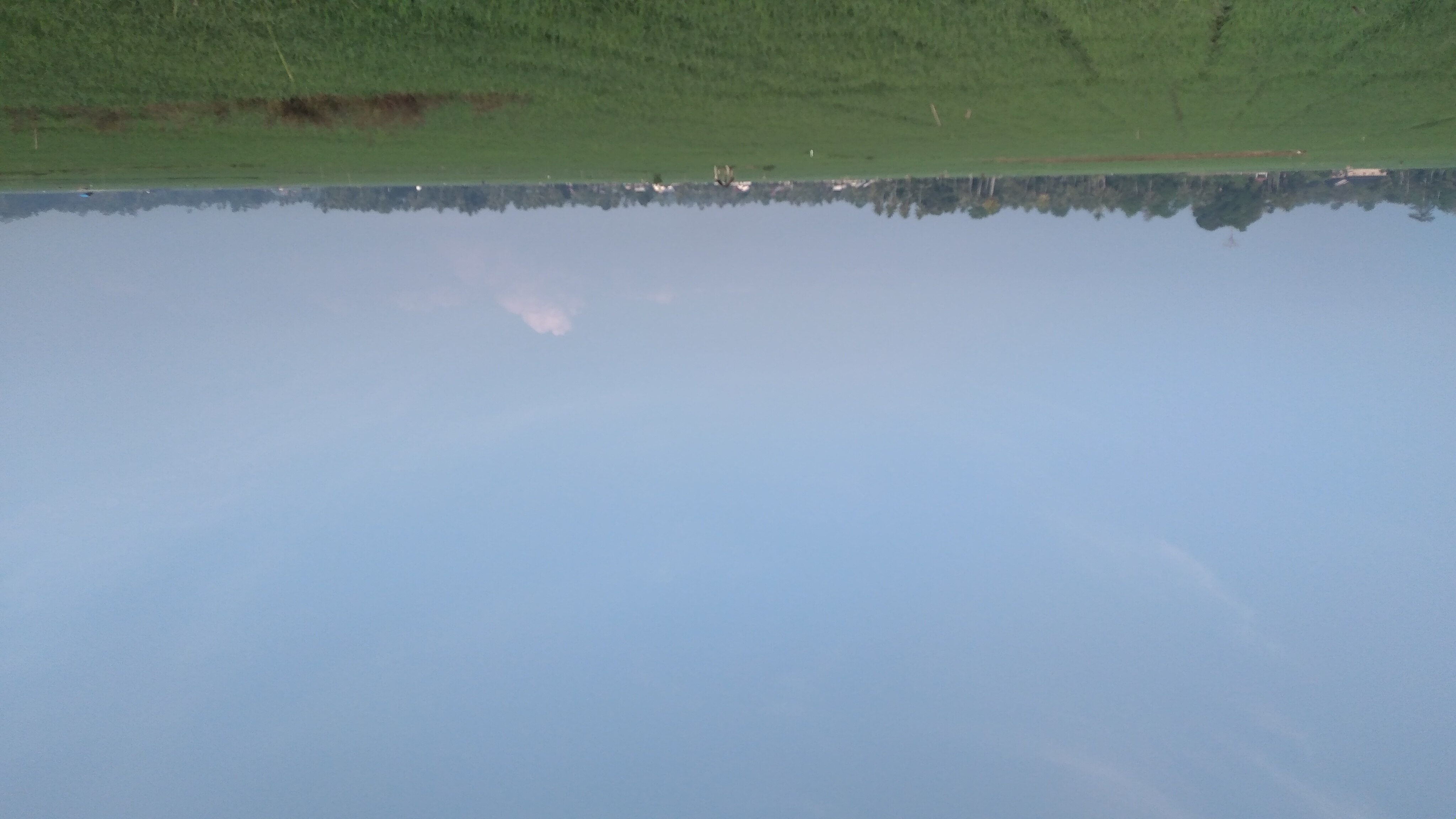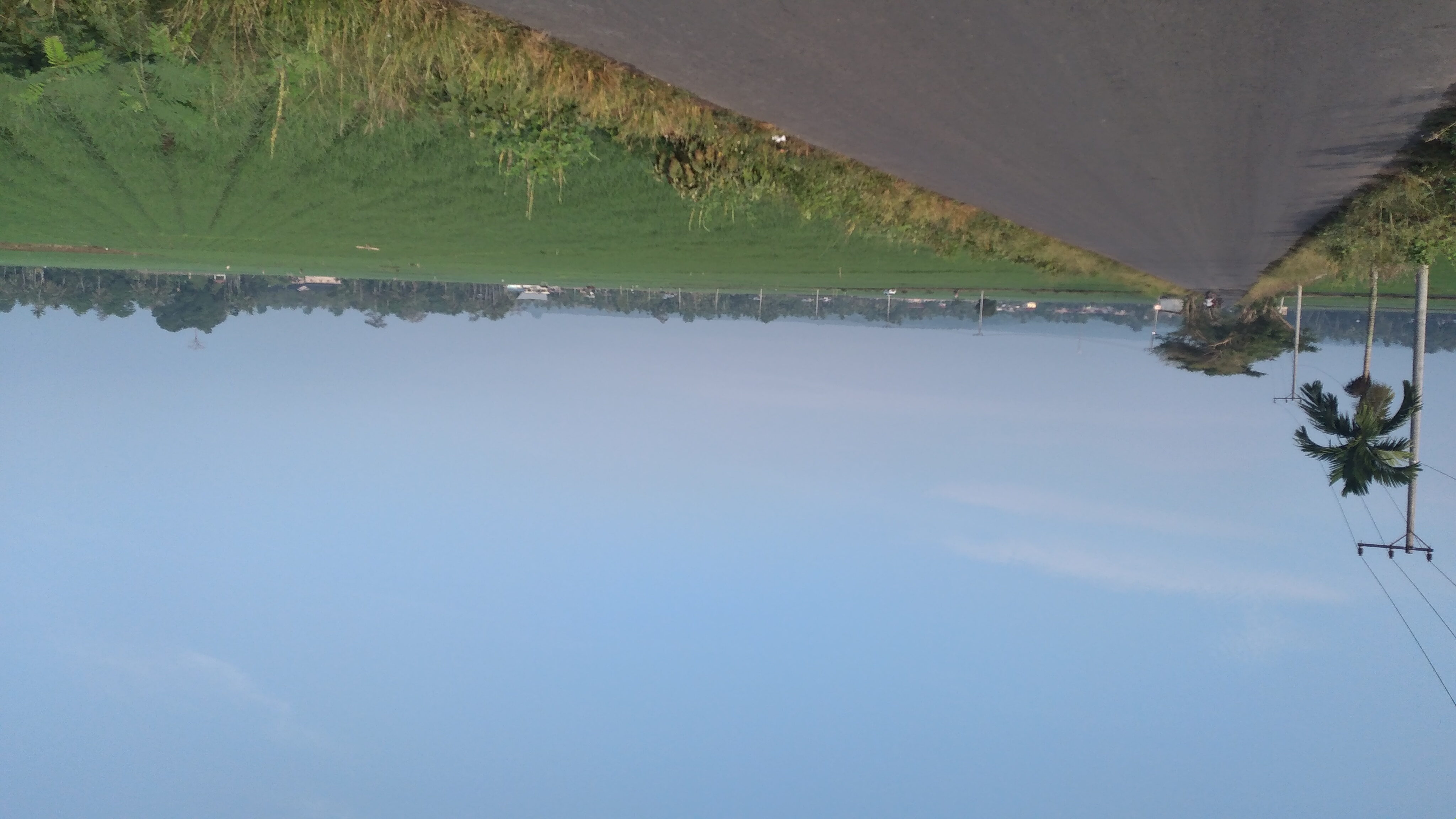
Tidal swamp rice fields are sub-optimal land that has two types of soil, namely water-saturated mineral soils and peat soils. This type of rice field has a salt water (saline) and brackish water environment. Even though this land is a productive agricultural area and has a strategic role in efforts to strengthen food self-sufficiency, this land has many limiting factors such as excess water, low soil fertility, low support capacity for plants and machinery, as well as pest and disease problems. Tidal swamp rice fields, when oxidized, produce sulfuric acid which causes soil acidification. Apart from that, these rice fields also cause poisoning and nutrient deficiency, as well as low P fertilization efficiency. The characteristics of tidal land require rice varieties that are tolerant of the growing environment. Tidal swamp rice fields are sub-optimal land, but their productivity can be increased through proper management of technical, agronomic and social aspects. Agronomic technical problems can be overcome through the application of intensive reclamation technology. Innovative technology for tidal swamp farming to increase rice productivity has been produced by the Swamp Agricultural Research Institute, namely Panca Kelola Technology which consists of: (a) water management, (b) land preparation, (c) amelioration and fertilization, and (d ) varieties and control of plant pest organisms (OPT).
This book, which is intended for practitioners, academics, students and researchers, is based on the experiences of researchers at Demfarm Talio Hulu, Pulang Pisau Regency, Central Kalimantan and is supplemented with experience, data and information from other places. This book, which is a collection of articles, discusses cultivation technology for new opening tidal swamp rice fields. This book, which consists of 10 chapters, discusses micro-scale water characterization and management, soil characterization and conditions; nursery; land preparation and arrangement; amelioration; planting; fertilization; and prevention and control of pests. One of the advantages of this book is that the authors explain in detail the parts presented in the form of scientific writing which draws heavily on previous writings. In order to provide a clearer picture, apart from being described in the text, important information is also provided in the form of tables, graphs or pictures. Moreover, this book is suitable as a guide for agricultural practitioners who are dealing with new openings in tidal swamp rice fields.
